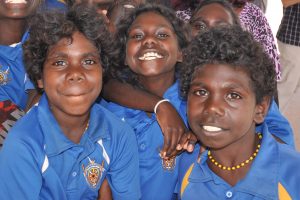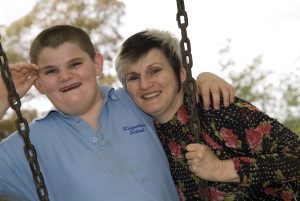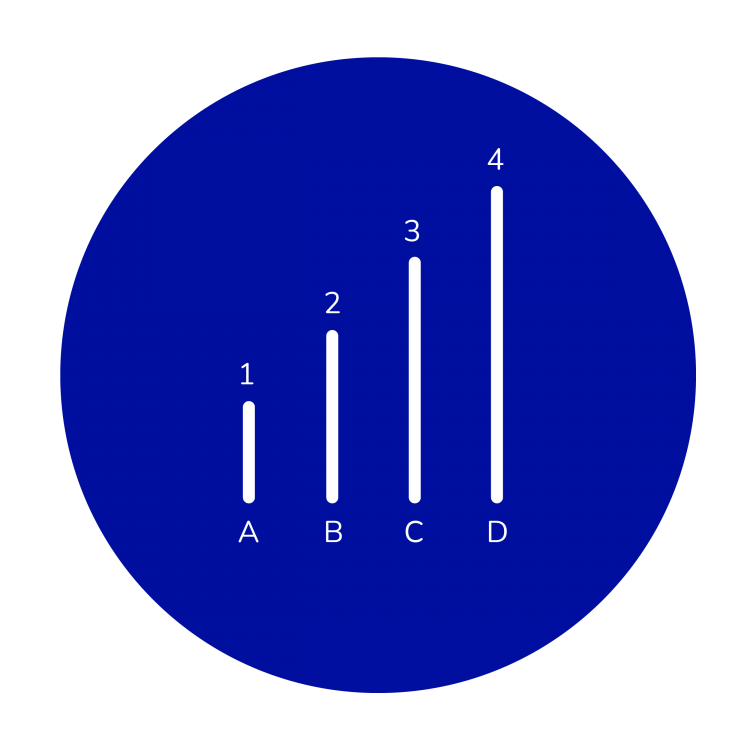Student enrolments in Independent schools have been growing consistently over decades. The growth in enrolments reflects the health of the sector.

ENROLMENT TRENDS
Growth of the Independent school sector
Over the past 50 years, the Independent school sector has grown from around 114,000 students in 1970 to more than 716,800 students in 2023, representing a change in student share from 4 per cent to almost 18 per cent.

In the last decade, the average annual increase in full-time enrolments in the Independent sector, at 2.4 per cent, has consistently exceeded the average growth at Catholic systemic (0.7 per cent) and government (1.0 per cent) schools. The Independent sector has consistently exceeded student population growth year on year.
This growth in enrolments has occurred in all most states and territories, with the strongest rates of growth in Victoria (2.8 per cent) and Queensland (2.6 per cent).
Independent sector enrolments by state, 2013 to 2023
Source: Department of Education Non-Government Schools Census
In the past five years, 80 per cent of enrolment growth has been in New South Wales, Victoria and Queensland.
Growth in the Independent sector by state (enrolments)
Source: Department of Education Non-Government Schools Census
In the past five years, the highest rates of enrolment growth across the Independent sector nationally are from schools with fees less than $5000.
Growth in student numbers, 2017-2022 by fees
Source: Department of Education Non-Government Schools Census, ACARA My School
Both the major cities and regional areas are experiencing strong growth, most notably in outer regional areas. Remote areas of Australia have seen little growth in Independent schools, often due to low population growth in these areas.
Projected growth
Although projections by the Australian Bureau of Statistics suggest school population growth will slow over the coming years, the Independent school sector is projected to continue to increase its enrolment share and experience strong growth, year on year.
Enrolments in Independent schools are influenced by the education and funding policies of governments as well as national and local social, cultural and economic development.
Growth in the number and diversity of Independent schools over time corresponds with increased access to Independent schooling for a wider section of the population.
Much of this growth is in low-fee schools serving disadvantaged communities.
The Independent sector’s enrolment share is more significant in the later years of schooling, with 13 per cent of Australia’s primary students enrolled in an Independent school rising to 22 per cent at the junior secondary level and to 24 per cent of all senior secondary student enrolments being at an Independent schools.
Indigenous student enrolments

In 2023, around 19,299 Indigenous students were enrolled in Independent schools. Many of these students attended one of the 45 Majority Indigenous student Independent schools, which are mostly located in remote areas. In 2023, Indigenous students represented 2.7 per cent of the Independent school student population. Over the past decade, the Independent sector has increased Indigenous enrolments by 6.1 per cent annually, higher than the Indigenous student population increase of 3.3 per cent.
Growth rates of Aboriginal and Torres Strait Islander students in Independent sector 2014 – 2023
Source: Department of Education Non-Government Schools Census
Enrolments of Aboriginal and Torres Strait Islander students in Independent schools have grown at an average annual rate of over 6 per cent per cent per year over the last two decades.
Also see Aboriginal and Torres Strait Islander students page.
Enrolments of students with a disability

The number of students with disability in the Independent school sector has grown substantially over the past decade— four times the rate of overall enrolment growth, although the growth rate varies from year to year.
The table below illustrates the growth in the Independent school sector based on the previous definition of students with disability for Commonwealth funding purposes.
Growth in enrolments of student with disability in Independent schools, 2007 to 2017
Source: Department of Education Non-Government Schools Census
There were an estimated 157,000 students with disability enrolled in Independent schools in 2023, representing almost 22 per cent of the Independent school student population. Most of these students attend regular Independent schools although more than 16,400 attend one of the 143 special schools in the sector.


